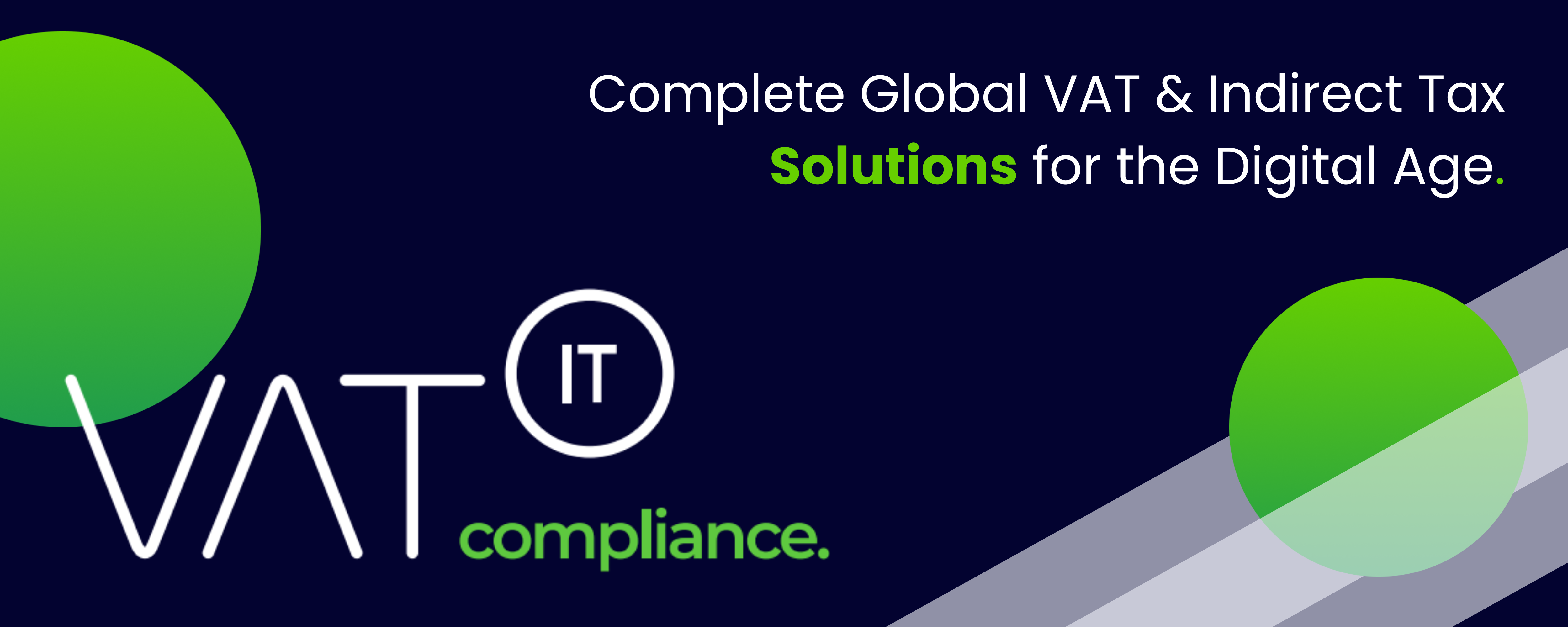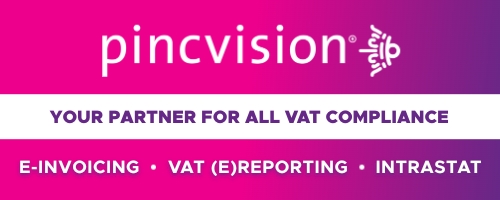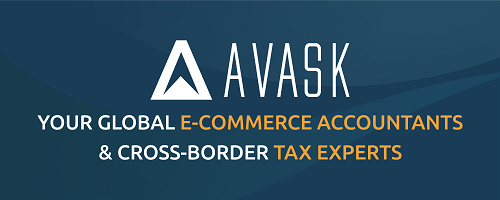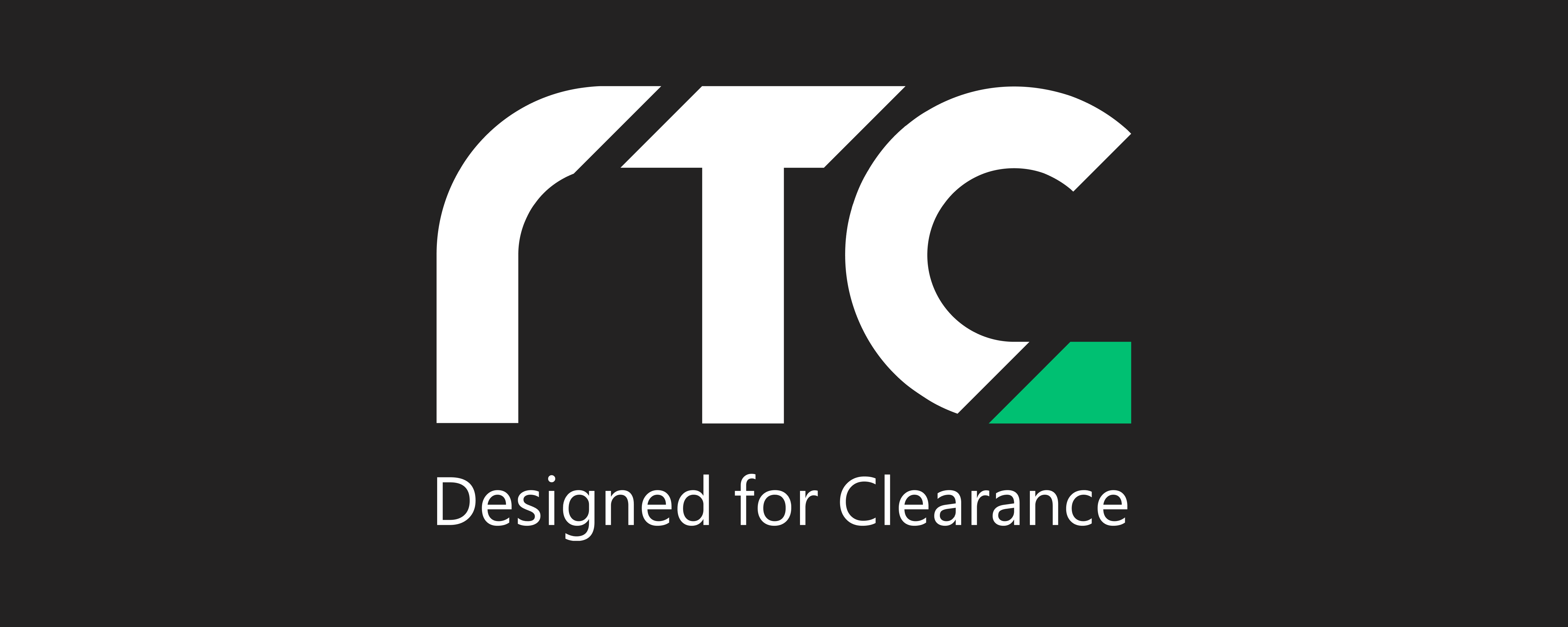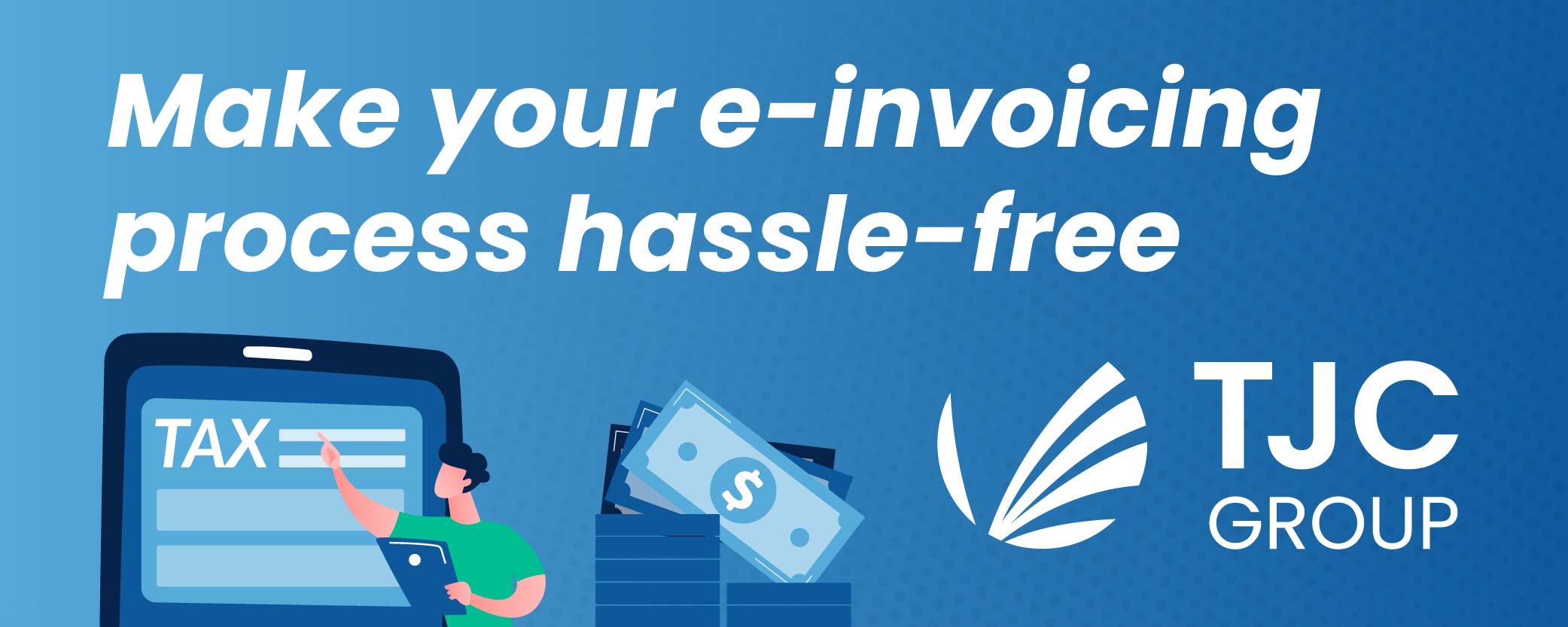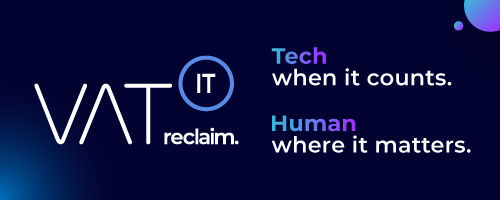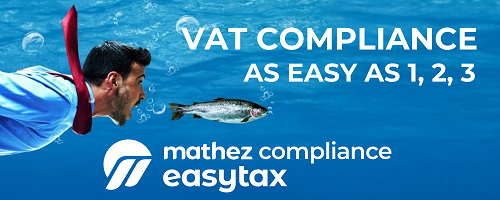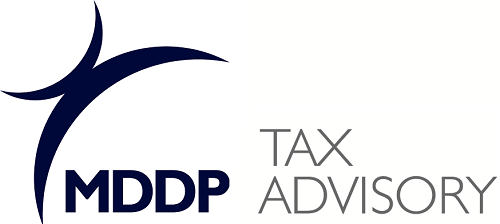- From January 1, 2021, new rules were introduced regarding the recognition of reducing corrections in VAT.
- Previously, corrections were recognized when the buyer received confirmation of the corrective invoice.
- However, under the new rules, adjustments are recognized by the seller when certain conditions are met, such as issuing a corrective invoice or reaching an agreement with the buyer.
- The buyer’s obligation is fulfilled when arrangements are made and the terms of the agreement are met.
- These changes have made accounting more tedious and time-consuming for businesses.
- The upcoming Act on obligatory KSeF, effective from July 1, 2024, will introduce different rules for settling in-minus corrections depending on the method of issuing the correction invoice.
- For structured invoices, both the seller and the buyer will take into account in-minus corrections at the time of issuing and receiving the correction invoice respectively.
- Invoices issued outside KSeF will follow the previous rules. Companies will need to update their procedures to adapt to these changes.
- It is also important to establish rules to minimize the risk of indicating incorrect buyer information on tax documents.
- In-plus corrections in VAT remain unchanged under the obligatory KSeF.
Source Enodo
- Join the Linkedin Group on Global E-Invoicing/E-Reporting/SAF-T Developments, click HERE



